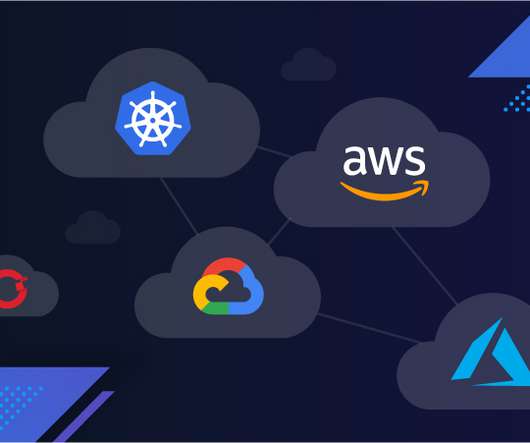Hybrid cloud infrastructure explained: Weighing the pros, cons, and complexities
Dynatrace
JUNE 29, 2022
More than 90% of enterprises now rely on a hybrid cloud infrastructure to deliver innovative digital services and capture new markets. That’s because cloud platforms offer flexibility and extensibility for an organization’s existing infrastructure. What is hybrid cloud architecture?























Let's personalize your content